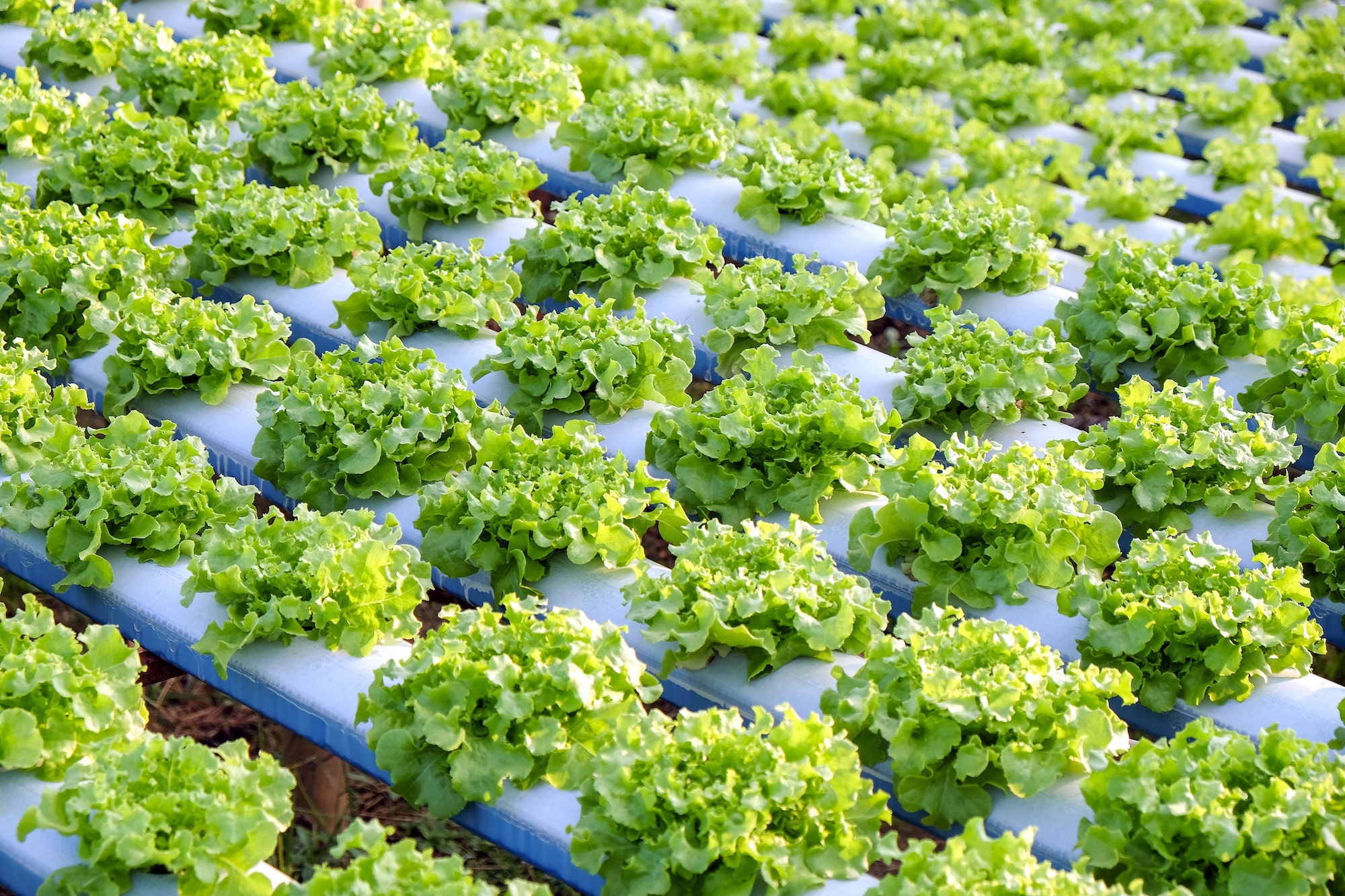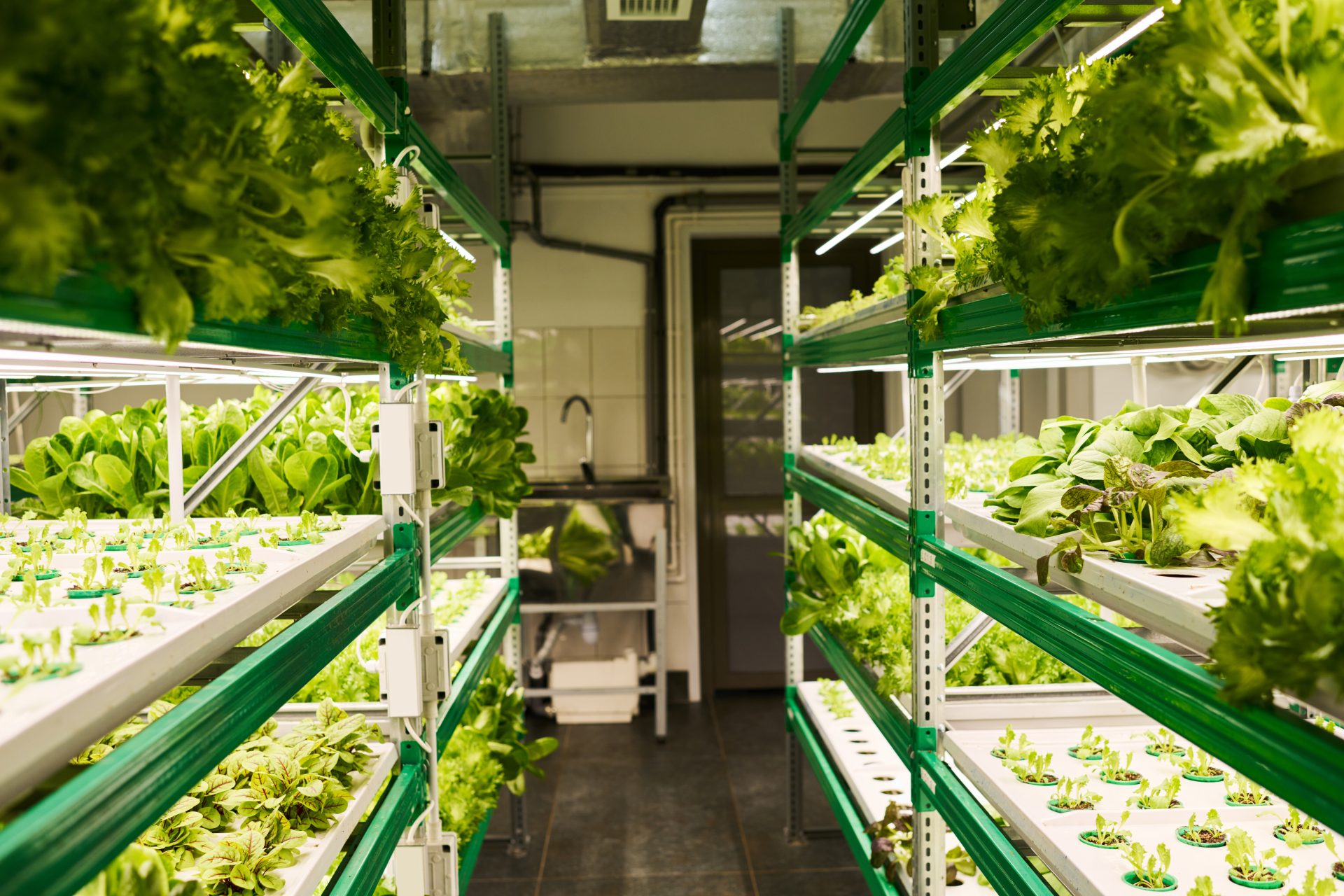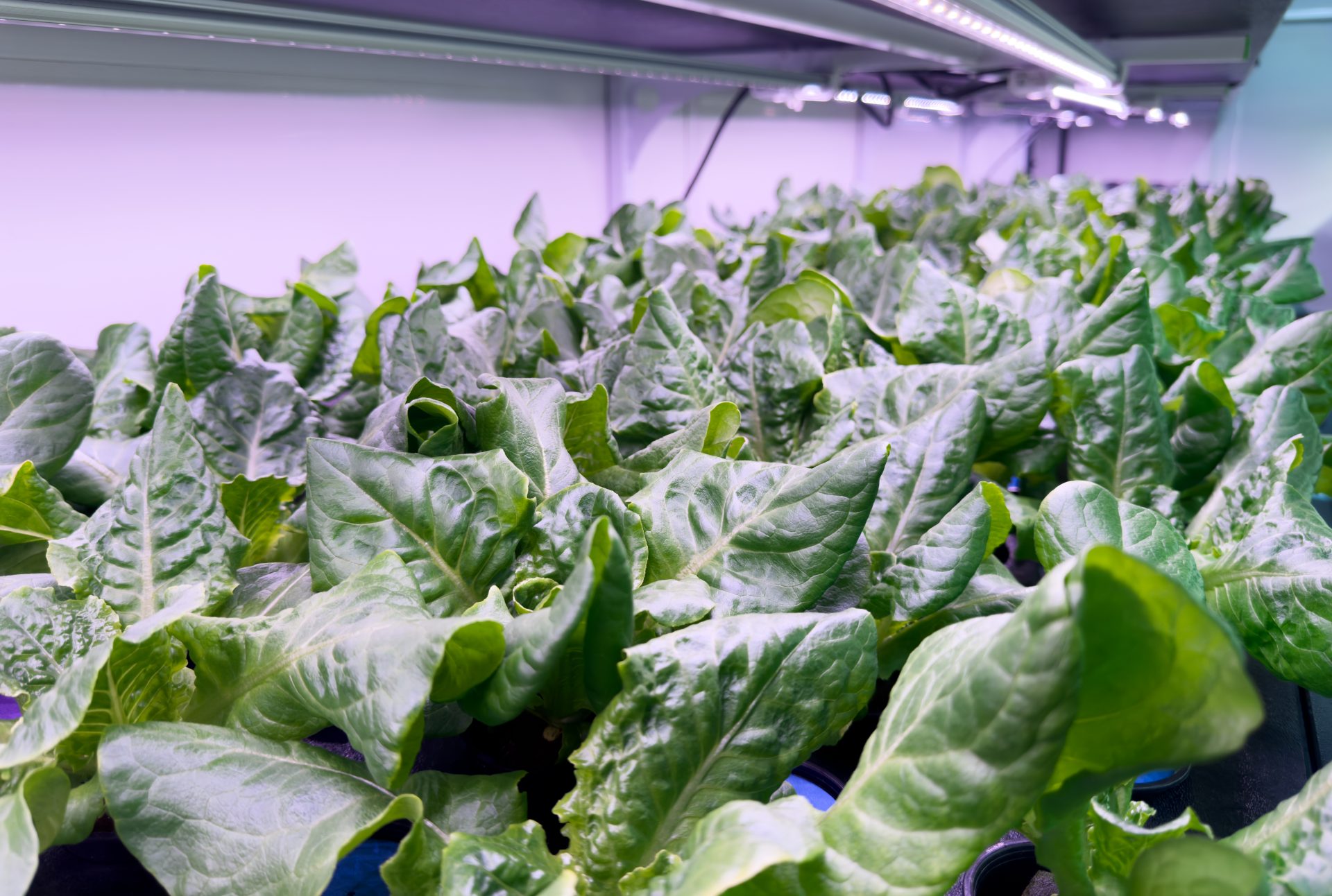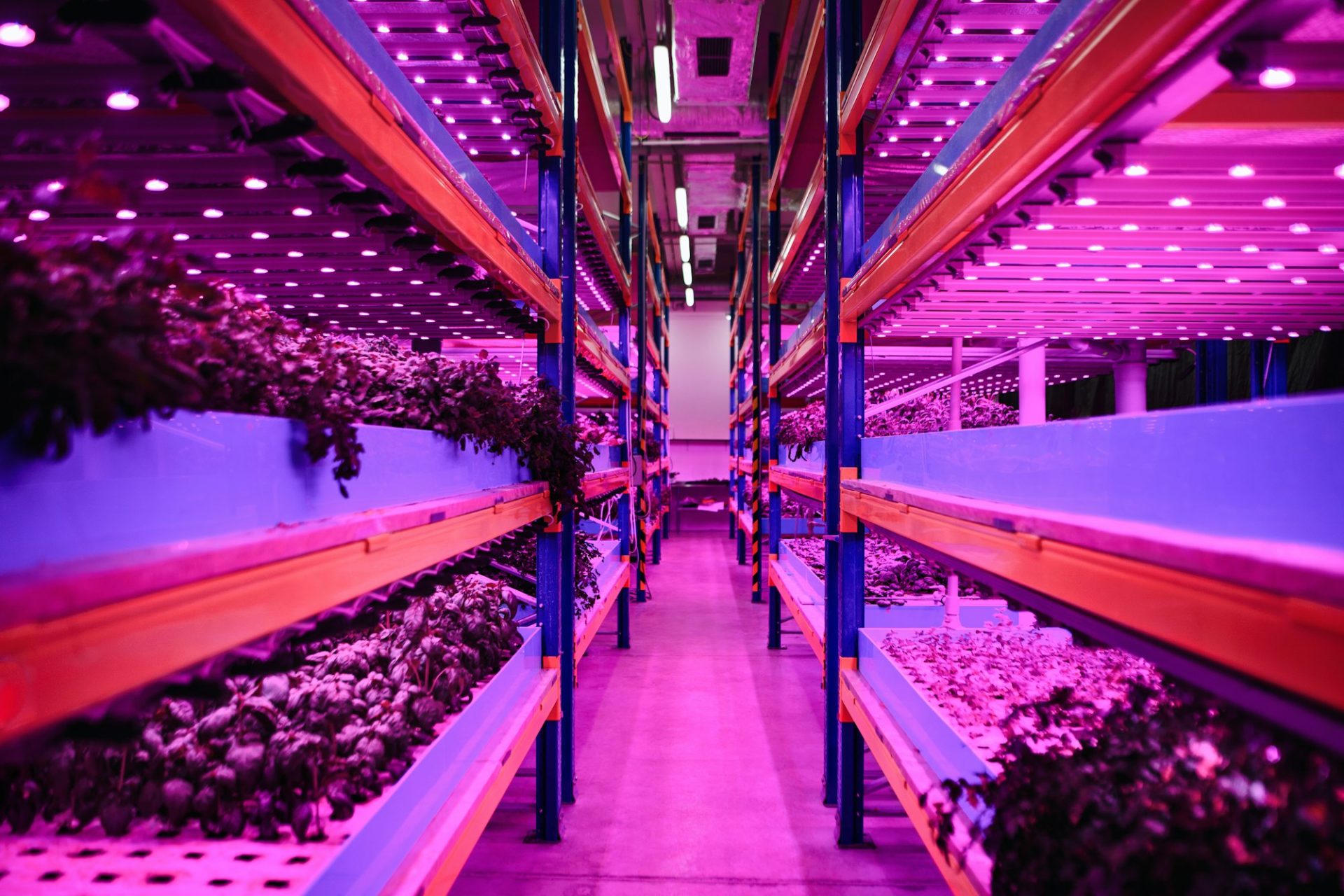Low-Maintenance Agricultural Equipment Changing the Game
TLDR: Low-maintenance simple designs for agricultural equipment and CEA systems can significantly improve productivity, save time and money, reduce stress, and promote self-reliance in the farming industry. Embracing strategies like fewer moving parts, modular design, standardization, accessible documentation, and built-in diagnostics can revolutionize agriculture and contribute to a more sustainable food system.
Introduction
Hello friends! Today we’re diving into the fascinating world of agricultural equipment and Controlled Environment Agriculture (CEA) systems. More specifically we’ll explore the importance of simplicity in design when it comes to maintenance. After all, the easier it is to maintain and repair equipment the more efficient and productive farming can be. So, let’s dive in and see how embracing low-maintenance design can revolutionize the way we approach agriculture.
Low-Maintenance: The Unsung Hero of Productivity
When it comes to agricultural equipment and CEA systems keeping things simple is a game-changer. Here’s why low-maintenance design is so crucial:
- Time is Money: In the fast-paced world of agriculture time is a precious resource. Simple, low-maintenance equipment minimizes downtime due to repairs or maintenance allowing farmers to maximize productivity and profits. In this case, less time spent on maintenance means more time spent on cultivating crops and reaping the rewards.
- Cost-Effectiveness: Complex equipment often comes with equally complex maintenance requirements which can translate into hefty repair bills. By focusing on simplicity in design manufacturers can create agricultural equipment and CEA systems that are not only easy to maintain but also more cost-effective in the long run.
- Stress Reduction: For farmers, dealing with malfunctioning equipment can be incredibly frustrating and stressful. A simple low-maintenance design can reduce the likelihood of equipment failure taking a significant weight off the shoulders of those in the agricultural industry.
- Self-Reliance: Agricultural equipment that is easy to maintain and repair empowers farmers to handle most issues themselves without relying on expensive professional help. This self-reliance not only saves money but also fosters a sense of independence and control over one’s farming operation.
Major Factor
The Approach to Low-Maintenance Agricultural Equipment
Here are some of my favorite strategies for achieving simplicity and low-maintenance design in agricultural equipment and CEA systems:
- Fewer Moving Parts: Minimizing the number of moving parts in a piece of equipment reduces the potential points of failure, making it less prone to malfunction and easier to maintain.
- Modular Design: Modular design enables easy replacement of individual components, simplifying repairs, and reducing downtime.
- Standardization: Using standardized parts makes it easier to source replacements and simplifies maintenance procedures.
- Accessible Documentation: Providing clear easy-to-understand documentation such as user manuals and maintenance guides helps farmers diagnose and address issues quickly and efficiently.
- Built-in Diagnostics: Incorporating diagnostic tools into the equipment itself can simplify troubleshooting and make it easier for farmers to identify and resolve issues.
In the world of agriculture, simplicity is king. By prioritizing low-maintenance design in agricultural equipment and CEA systems manufacturers can make life easier for farmers to increase productivity, and ultimately contribute to a more sustainable food system. It’s a win-win situation for everyone involved.
So, the next time you think about agricultural equipment and CEA systems remember the magic of simplicity. It’s a game-changer that has the potential to revolutionize the way we approach farming for generations to come. Happy farming!
Conclusion






